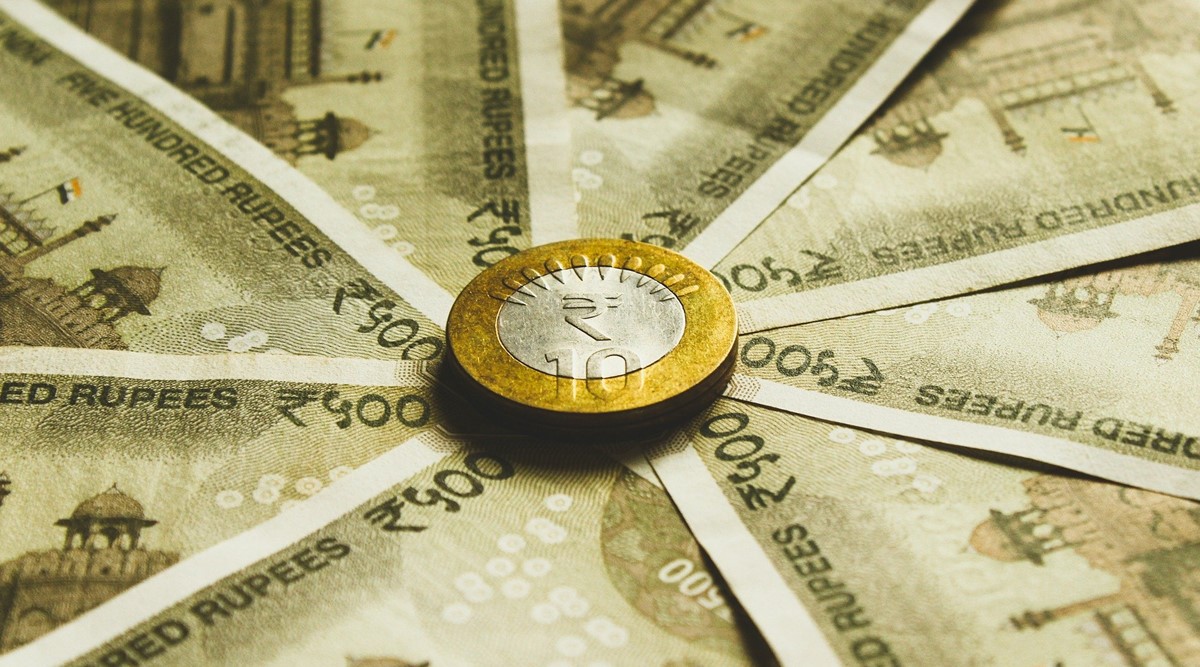[ad_1]
The debate has returned even as the main debater on the government side prepares to leave. Has the economy taken a turn? And are we on track for double-digit growth? The CSO’s growth estimates for the second quarter (July to September) 2021-2022 reassured the government. A GDP growth rate of 8.4 percent in the second quarter cannot be flouted even if it is based on a weak base of -7.4 percent in the second quarter of the previous year. Not even if it is, sequentially, lower than the 20.1% of the first quarter of 2021-2022.
The numbers that made the government smile are so called “high frequency indicators” such as tax collection, UPI volume, electronic invoices (volume), rail freight traffic, electricity consumption , etc. These are numbers, not people, and certainly not people dependent on the informal sector on which we have no data or people further down the economic pyramid.
Premature celebration
It is a sobering thought that while the officials of the Ministry of Finance were jubilant, the other ministers and deputies of the ruling party were silent, and people weren’t really partying! The headlines inspired by the CSO estimates disappeared in a day or two and what reoccupied the space were the prices of gasoline, diesel, cooking gas, tomatoes, onions and the lack of gas. customers in Market Street.
The same CSO estimates highlighted the fact that people were not buying enough and not consuming enough. Private consumption is the primary engine – among the four engines – of growth. It represents nearly 55% of the GDP. Consider the figures for private consumption in the pre-pandemic years (2018-19 and 2019-20), the year affected by the pandemic (2020-21) and the so-called recovery year (2021-22):
T1 T2
(in crore rupees)
2018-19 19 07 366 19 29 859
2019-20 20 24 421 20 19 783
2020-21 14 94 524 17 93 863
2021-2022 17 83 611 19 48 346
Private consumption in Q1 and Q2 of the current year is still lower than private consumption in 2019-20; What’s worse is that the half-yearly consumption total is lower than the 2018-19 half-yearly total. In addition, the total GDP for the semester 2021-22 is Rs 68 11,471 crore compared to Rs 71,228,238 crore in 2019-20; there is still some catching up to do before reaching the pre-pandemic production level.
Save on expenses
Why are people consuming less in the so-called recovery year than in the years immediately preceding the pandemic? There may be several reasons, which will apply to most of the population:
- people are poorer in terms of per capita income;
- people have lower incomes;
- people lost their jobs;
- people have closed their businesses;
- people have less disposable income;
- people are put off by the high prices;
- people save more.
In my opinion, “all of the above†may be the correct answer. Data shows many have lower incomes, many have lost their jobs, many have lower disposable income due to higher taxes (fuel taxes, GST rates), and many businesses have closed. It is also likely that many people save more for fear of becoming infected with the coronavirus.
I have discovered in my conversations with families that the fear is “what if I or a member of my family has the virusâ€. This is a real fear because, according to figures released daily, only 50.8% of the adult population of India received both doses of the vaccine, 85.1% received their first vaccine and around 15 million adults are not vaccinated. at all. Children are not vaccinated. The dazzling of big and big weddings, planes packed with vacationers, dining out and Black Friday shopping sprees is limited to the big towns and level 2 towns. The vibe in the villages is grim. There is fear or, at least, worry.
Wrong prescription
The government, led by its outgoing chief economic adviser, continues to insist on supply-side measures and their ability to turn the economy around. Supply is only relevant if there is a match or excess demand. If demand is low, producers and distributors are bound to cut back on production – see what’s going on in the automotive industry, especially two-wheelers.
The right recipe for reviving the economy – a path the Modi government has avoided and at times ridiculed – is to stimulate demand, especially among the bottom half of the population. I have always argued in favor of reducing taxes on fuels and certain other goods; for cash transfers to the very poor; and for tax support to allow closed micro and small businesses to restart and rehire workers. The calls have fallen on deaf ears.
The result is that the richest 1% got very rich, the richest 10% got rich, and the poorest 50% got poorer. If the government allows itself to be dazzled by the CSO figures, without looking any further, it will mean that the government is not only deaf but also dense (colloquium.)
[ad_2]

